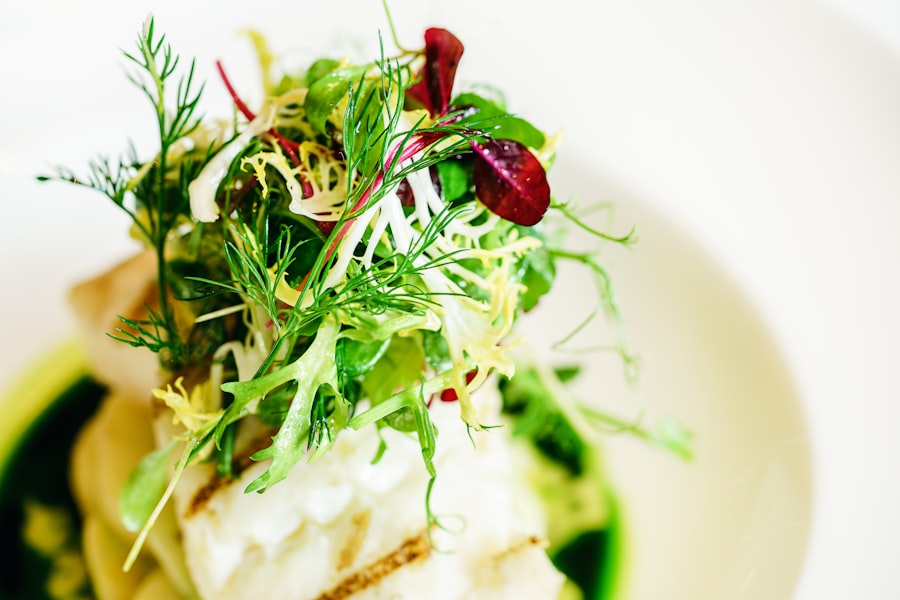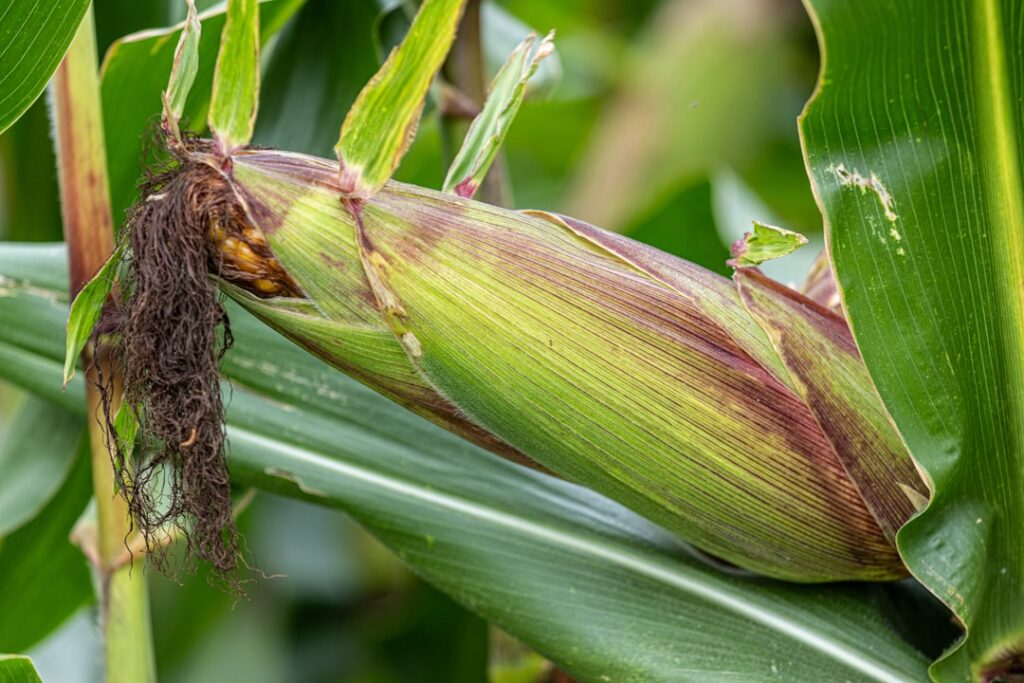Aloe vera, a succulent plant species belonging to the genus Aloe, is renowned for its medicinal properties and aesthetic appeal. While the term “male aloe” is not scientifically recognized, it often refers to the general characteristics of aloe plants that are perceived as more robust or vigorous. Aloe vera is characterized by its thick, fleshy leaves that are typically green to grey-green in color, with some varieties exhibiting white flecks on their surface.
The plant is native to the Arabian Peninsula but has been cultivated worldwide for its gel-like sap, which is rich in vitamins, minerals, and antioxidants. The male aloe, like its female counterpart, thrives in arid environments and has adapted to store water in its leaves, making it an excellent choice for indoor gardening and xeriscaping. The plant can grow up to 36 inches tall and produces a tall flower spike that can reach heights of 3 feet, adorned with tubular yellow or orange flowers.
These flowers attract pollinators such as bees and hummingbirds, contributing to the plant’s reproductive cycle. Understanding the biology and ecology of aloe vera is essential for anyone looking to cultivate this resilient plant successfully.
The Ideal Environment: Creating the Perfect Conditions for Your Male Aloe
To ensure the health and vitality of your male aloe, it is crucial to replicate its natural habitat as closely as possible. Aloe vera thrives in warm, dry conditions with plenty of sunlight. Ideally, the plant should receive at least six hours of direct sunlight each day.
A south-facing window is often the best location for indoor cultivation, as it provides ample light while protecting the plant from harsh drafts. If natural light is insufficient, consider using grow lights to supplement the sunlight, especially during the shorter days of winter. Temperature plays a significant role in the growth of aloe vera.
The ideal temperature range for these plants is between 60°F and 75°F (15°C to 24°C). They can tolerate higher temperatures but should be protected from extreme heat and cold. Aloe vera is not frost-tolerant; therefore, if you live in a region with cold winters, it is essential to bring your plant indoors or provide adequate protection.
Additionally, maintaining low humidity levels is beneficial, as excessive moisture can lead to root rot and other fungal diseases.
Watering and Feeding: How to Properly Hydrate and Nourish Your Aloe Vera Plant

Watering practices are critical for the health of your male aloe. Unlike many other houseplants, aloe vera prefers to dry out between waterings. Overwatering is one of the most common mistakes made by novice gardeners and can lead to root rot, a condition that can be fatal for the plant.
A general rule of thumb is to water your aloe when the top inch or two of soil feels dry to the touch. During the growing season, typically spring and summer, you may need to water more frequently—approximately every two to three weeks—while in the dormant months of fall and winter, watering can be reduced to once a month. When it comes to feeding your male aloe, less is often more.
Aloe vera does not require heavy fertilization; in fact, too much fertilizer can harm the plant. A balanced, water-soluble fertilizer diluted to half strength can be applied during the growing season every four to six weeks. Look for fertilizers that are high in potassium and low in nitrogen, as these will promote healthy growth without overwhelming the plant.
Organic options such as compost tea or fish emulsion can also be beneficial, providing essential nutrients while enhancing soil health.
Repotting and Pruning: Maintaining the Health and Appearance of Your Male Aloe
| Task | Frequency | Best Time |
|---|---|---|
| Repotting | Every 2-3 years | Spring |
| Pruning | As needed | Anytime |
| Soil Change | Every 1-2 years | Spring |
| Trimming Dead Leaves | Regularly | Anytime |
Repotting is an essential aspect of maintaining a healthy male aloe. As these plants grow, they may outgrow their containers or become root-bound, which can hinder their development. It is generally recommended to repot your aloe every two to three years or when you notice roots emerging from the drainage holes of the pot.
When repotting, choose a container that is slightly larger than the current one and ensure it has adequate drainage holes. A well-draining potting mix designed for succulents or cacti is ideal, as it allows excess moisture to escape while retaining some moisture for the plant. Pruning your male aloe is another important maintenance task that helps promote healthy growth and an attractive appearance.
While aloe vera does not require extensive pruning, removing dead or damaged leaves can improve airflow around the plant and prevent disease. Use clean, sharp scissors or pruning shears to cut away any brown or wilted leaves at their base. Additionally, if your aloe produces offsets or “pups,” these can be carefully removed and repotted to encourage new growth and expand your collection.
Common Issues and Solutions: Troubleshooting for a Happy and Healthy Aloe Vera
Despite its hardy nature, aloe vera can encounter several common issues that may affect its health. One prevalent problem is overwatering, which often manifests as yellowing leaves or mushy stems. If you suspect overwatering, allow the soil to dry out completely before resuming a more appropriate watering schedule.
In severe cases where root rot has set in, it may be necessary to remove the plant from its pot, trim away any affected roots with sterile scissors, and repot it in fresh soil. Pests can also pose a threat to your male aloe. Common pests include aphids, mealybugs, and spider mites.
Regularly inspecting your plant for signs of infestation—such as webbing or sticky residue—can help catch problems early. If pests are detected, a gentle spray of water can dislodge them; however, for more severe infestations, insecticidal soap or neem oil may be required. Always follow application instructions carefully to avoid harming your plant.
Propagation and Growth: Tips for Growing and Expanding Your Male Aloe Collection

Propagation of male aloe can be an exciting endeavor for any gardener looking to expand their collection or share plants with friends and family. The most common method of propagation involves separating offsets or pups that grow around the base of the parent plant. These pups can be carefully removed when they are at least a few inches tall and have developed their own roots.
Using a clean knife or scissors, cut them away from the main plant while ensuring that some roots remain attached. Another method of propagation involves leaf cuttings; however, this technique is less reliable than using offsets. To propagate through leaf cuttings, select a healthy leaf from the parent plant and cut it into sections about 4-6 inches long.
Allow these cuttings to callous over for several days before placing them in well-draining soil. Keep the soil slightly moist but not soggy until new growth appears. This process may take several weeks or even months but can result in new plants if done correctly.
In conclusion, cultivating a male aloe vera plant requires an understanding of its unique needs regarding environment, watering practices, maintenance through repotting and pruning, troubleshooting common issues, and methods for propagation. By providing optimal conditions and care tailored specifically for this resilient succulent, you can enjoy a thriving aloe vera that not only enhances your living space but also offers numerous health benefits through its gel-like sap.


